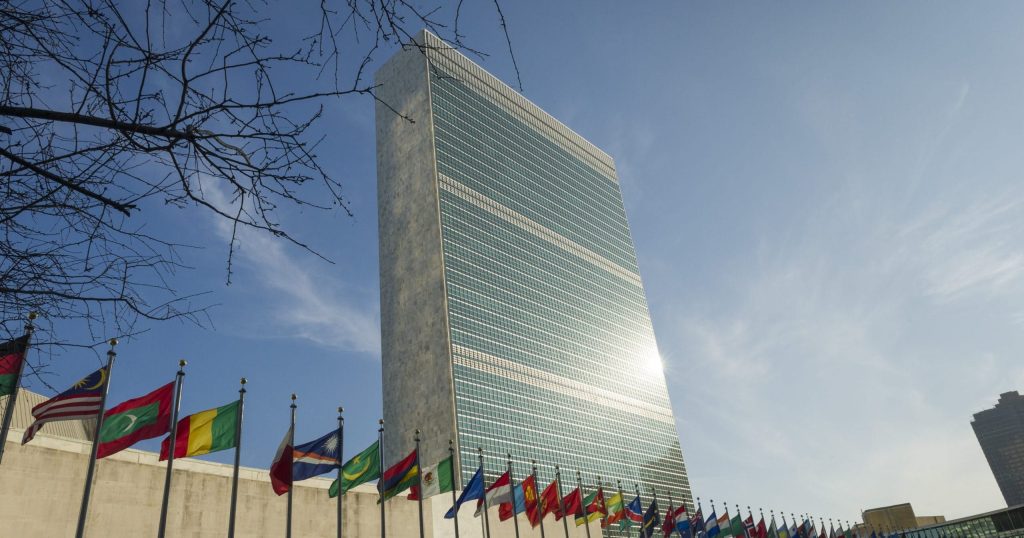As we lead up to International Women’s Day in early March, I’m reminded of the remarkable women I recently spent time with in Honduras working to reduce childhood mortality. From Dr. Gina Watson, the Representative of PAHO/WHO in Honduras, to Dr. Ida Molina, Manager of the National Vaccines Program at the Honduran Ministry of Health, these women are leading efforts to ensure that every child in Honduras is vaccinated and gets a shot at a healthy life.
Honduras, in the heart of Central America, is one of the poorest countries in the Western hemisphere, but it has one of the highest vaccination coverage rates in the world, averaging close to 99%.
Compare this to the United States, where 93% of children receive basic immunizations. Worldwide, about one child in five, primarily in developing countries like Honduras, lacks basic access to live-saving vaccines. What is the secret of Honduras’ success?
We wanted to see firsthand how Honduras has achieved such amazing results, so last month Shot@Life traveled there with a U.S. Congressional staff delegation to learn more about their extremely effective immunization programs.
As part of our itinerary, we drove an hour south of the capital city to the rural town of La Cañada. Our group was treated to a welcome celebration that featured traditional song and dance, a lively demonstration of the pride the residents have in their culture and community. The people of La Cañada are also very proud to tell visitors like us that every single child in La Cañada has been vaccinated.
This is no easy task. Vaccines need to be refrigerated and power can be unreliable. Medical care is provided by dedicated personnel all over the country, but facilities are often understaffed and many communities lack emergency care. People in rural areas may have to walk for hours to get to a clinic – sometimes carrying a sick child. Even getting clean drinking water is a challenge – only half of the residents of La Cañada have access to potable water.
So how is this success story possible?
Simply put, it’s a team effort that involves people throughout the community Midwives who attend home births remind new parents to vaccinate their babies. The president of the student council educates fellow students about the importance of immunizations, who in turn inform their parents. Teachers give reminders at parent-teacher conferences. Police provide security and assist with timely vaccine delivery. Success builds upon success, and residents see the results of their efforts in healthier children and less prevalence of disease.
While such collaboration is remarkable, La Cañada’s story is quite typical in Honduras. This kind of success comes from the cooperation of international donors, the Pan American Health Organization, the GAVI Alliance, the Honduran Ministry of Health, the staff of the Expanded Program on Immunization, medical professionals, volunteers, the media, community leaders…the list goes on and on.
Everyone in Honduras is working together as a team to ensure that their children have a shot at a healthy life.
Only through that kind of teamwork will we get to 100 percent.
(Statistics from Kaiser Family Foundation)

